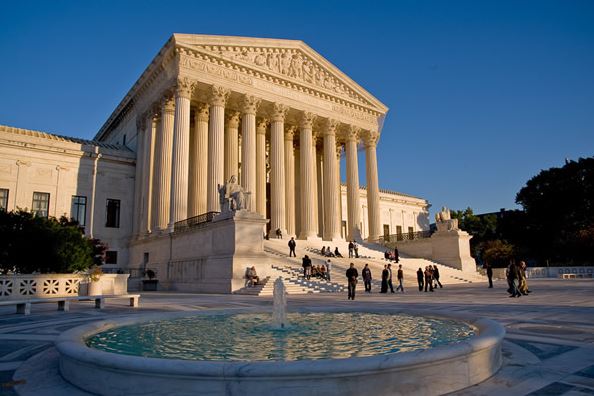The emergence of green technology, the change in the state”™s executive branch, and developments with the Tappan Zee Bridge and Stewart International Airport are some of the major issues that continue to shape economic development in the Greater Hudson Valley.
And governments and residents of the Hudson Valley will have to continue to have a serious discussion about how growth in the area should occur, said Jonathan Drapkin, president of the regional planning group Pattern For Progress.
He said it is still too early to determine what impact the new administration under Gov. Eliot Spitzer will have, but Drapkin is encouraged by the progress made with Stewart, which will be run under the auspices of the Port Authority of New York & New Jersey come October.
“That has potentially large implications for the valley,” he said.Â
Although Drapkin praised Spitzer”™s recent efforts by installing a new leadership team for the Tappan Zee bridge study, he still termed it a “project that really needs to get going.”
He called both Stewart and the Tappan Zee “anchors” of the Hudson Valley and two big factors in shaping the future growth of the region.
“Hopefully, they both take significant steps forward,” he said. “They”™re the anchors; you start with those. The next layer is to determine what form of mass transportation there should be to ensure maximum success and to encourage growth where you want it to be.”
While the Hudson Valley is in better shape compared with much of upstate New York, Drapkin said that doesn”™t mean the state government should ignore the area.
“We want to make sure we get our fair share of attention,” he said.
The focus of “green” technology and building in the Hudson Valley is also an area that has emerged during this year.
Drapkin noted that Sullivan County Community College is creating a green technology campus.
Ulster County recently completed a document regarding the future of the county”™s development tiled “Ulster Tomorrow,” which contains many references to green building ideas.
“That”™s one of the large trends of the first six months (of 2007),” said Drapkin.
He said the Hudson Valley needs to continue to address affordable-housing needs, as well as to continue to create jobs here.
“There are a lot of people living in the Hudson Valley who are commuting to Connecticut and New York City (for work),” he said. “We need to think about a way to create higher-paying jobs in the Hudson Valley and to keep people here and create new wealth for the region.”
Although unemployment rates are generally low in the region, that can be a double-edged sword, said Drapkin.
“You are always encouraged to see low unemployment rates, it”™s one measure of economic vitality,” he said. “The other concern that is raised is when you are below 3 and 4 percent unemployment, there is tighter labor force.”
A low unemployment rate can be both a positive and a negative in attracting business from out of the area to relocate. On one hand, it is a sign of economic vitality, but it also means the company may wonder where it will draw its work force from.
He praised the work of the Hudson Valley Economic Development Corp. for its “continued leadership” in marketing the valley in a positive manner.
Further, many of the less-populated counties in the Hudson Valley are struggling with how to promote “smart growth.”
While some residents of more rural communities may want to keep growth at a minimum, it is also necessary to welcome new residents and business to add to the tax base and help keep taxes down.
“I think it”™s clear the Hudson Valley will always be an attractive place for people to be and that poses a dilemma,” Drapkin said. “You should encourage growth in the appropriate manner.”
Â


















